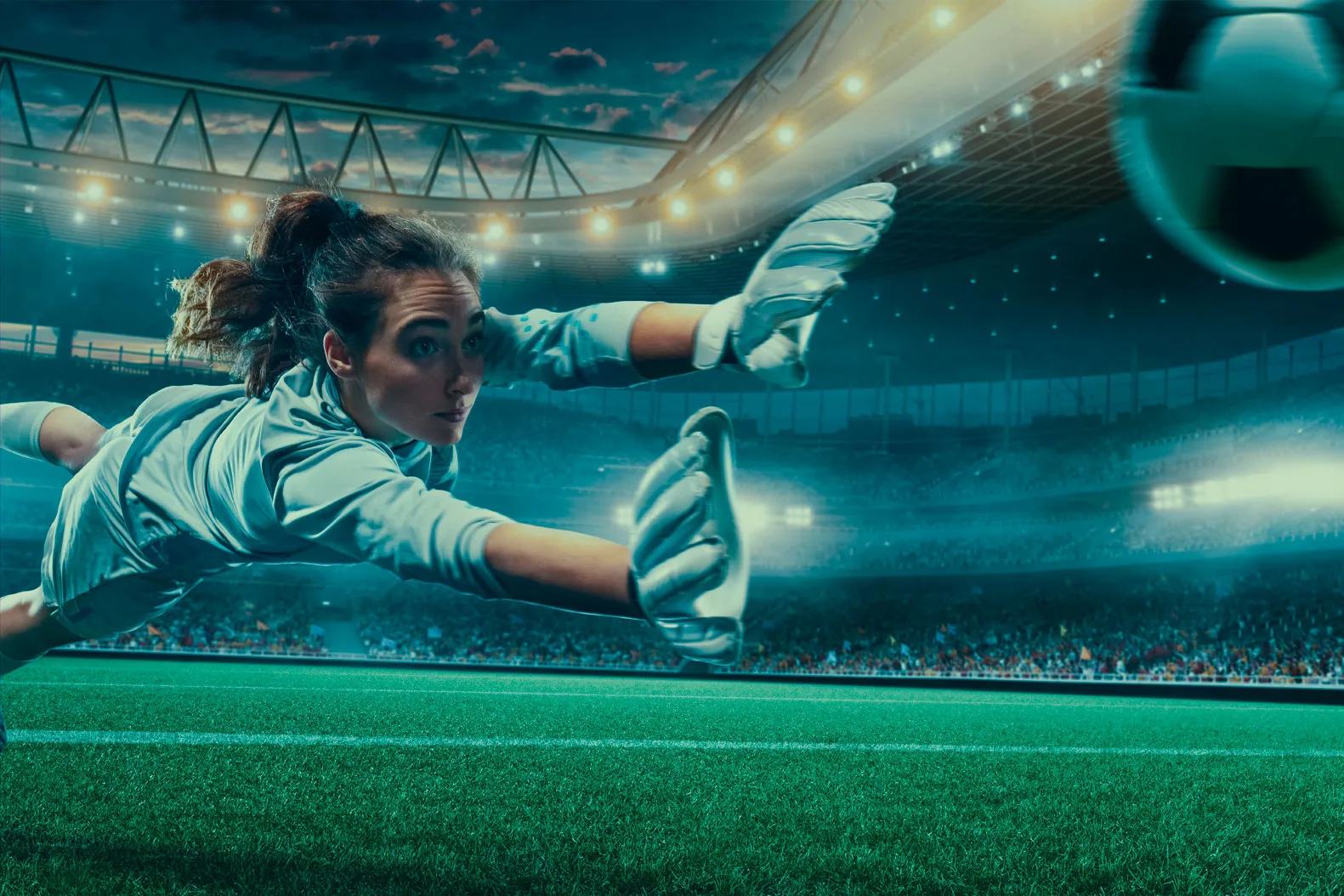
The role of goalkeepers in rapid offensive transitions
Antoine Roex, Keeper In Motion – 21 November 2024
Discover how modern goalkeepers influence rapid offensive transitions. Their ability to restart play with precision is essential to transform a defensive move into a goal-scoring opportunity.
The goalkeeper’s strategic role in attacking transitions
In modern soccer, goalkeepers are no longer just passive defenders, but key players in attacking transitions. As soon as they intercept a ball, they quickly analyze the situation to assess the possibility of restarting play in the direction of their team-mates. Thanks to this strategic vision, goalkeepers can surprise the opposing team by accelerating the pace and switching from a defensive to an attacking posture in an instant. This requires solid distribution skills, an effective reading of the game, and the ability to adjust their intervention according to their team’s tactical organization.
Transition techniques
Modern goalkeepers use a variety of techniques to initiate a rapid offensive transition. Among the most common are long footed throw-ins and hand-held throws, which move the ball quickly into attacking areas, targeting strategically positioned players. A well-executed throw-in creates a gap in the opponent’s defence, giving the team an opportunity to counter-attack. Goalkeepers like Ederson and Alisson are examples of this ability, where their precision and shooting power turn interceptions into scoring opportunities. This skill has become crucial for goalkeepers who play in teams that prefer to build the game quickly from the back.
Mastering communication and vision of the game
Game vision and communication are also essential for goalkeepers, as they must coordinate the transition with their teammates while anticipating opposing movements. By directing their team-mates and clearly communicating their intentions, goalkeepers ensure that their restarts are well understood and that their team-mates are ready to capitalize on the opportunities created. This ability to direct the team and adjust the speed of play enables goalkeepers to maintain pressure on opponents, notably by destabilizing their defensive positions. In this way, goalkeepers play a central role in orchestrating rapid attacks and controlling transitions.
The changing profile of the goalkeeper in modern soccer
The goalkeeper’s role has evolved to become more technically demanding, requiring footwork ability and a thorough understanding of tactics. As the “eleven players” on the pitch, goalkeepers today need to control the ball and be ready to play an active part in the construction of the game, including under pressure from opposing forwards. This versatility enhances the team’s ability to attack fluidly and maintain possession. The rule change in 2019, which allows defenders to play the ball into the box on a goal clearance, has reinforced this role by making it easier for goalkeepers to integrate into the passing circuit.
Conclusion
Goalkeepers have become decisive players in attacking transitions, capable of transforming a defensive recovery into a goal-scoring opportunity in an instant. Their versatility and mastery of footwork, combined with strategic vision and communication skills, make modern goalkeepers key players in fast-playing strategies. This development bears witness to the growing importance of the goalkeeper as a central component in a team’s offensive tactics.
References :
